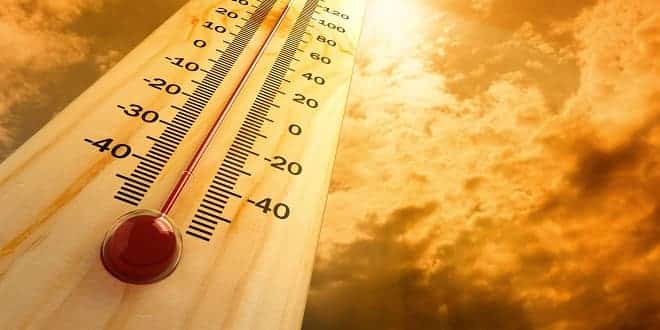Heat and Temperature ( Ms. Lyons )
What is Heat??
Heat = Thermal Energy!!
Thermal Energy = the total energy of all of the particles in a material or object.
Throughout the ages people have invented a variety of devices to help create and capture heat for use.
Topic 1: Using Energy from Heat
What are some ways that we use heat?
Cook food
Warm buildings
Dry clothes
What are some ways Thermal Energy has been used throughout history?
Development of Heat Technologies
What heat technologies can you think of that have been developed through-out time? Why have they changed?
Examples….
Devices to generate, transfer, control or remove heat
Heat = Thermal energy
Can you think of any examples of devices that generate, transfer, control or remove heat?
Topic 2: Measuring Temperature
Thermometer: Mechanical or electrical device for measuring temperature. Early thermometer was invented by Galileo.
Scale: A series of equally measured sections that are marked and numbered for use in measurement.
Celsius Scale
Celsius Scale: Most commonly used in Canada. Unit of temperature is called a degree. Based on the boiling and freezing points of water.
Boiling Point: The temperature at which water boils.
100o C at sea level.
Freezing Point: The temperature at which water freezes. 0o C at sea level.
Another Scale…
Kelvin is another way of measuringtemperature.
Scientists use Kelvin to explain thebehaviour of gases.
“Absolute Zero” is measured in Kelvin – which is the coldest possible temperature
0 Kelvin = -273 ºC
Right Device for the Job
Each thermometer has a sensor – a material which is affected by changes in the environment (such as temperature)
The sensor produces a signal (information about temperature, such as an electrical current) which affects a responder (a pointer, light or other mechanism that uses the signal in some way)
The Thermocouple
Wires made up of two different metals are twisted together.
When the wire tips are heated, a small electric current is generated
The amount of current depends on the temperature.
They can measure higher temperatures than thermometers.
The electric current can be used to turn switches on or off if the temperature changes.
Used in kilns, diesel engines and industrial furnaces
Bimetallic Strip
Made of two different metals joined together
When the strip is heated one metal expands more than the other
Thus the strip coils more tightly
Movement of the strip can operate a switch that can control furnaces…commonly used in thermostats in homes
Your Brain…(extra)
Your brain has its own temperature sensor.
It monitors your own internal temperature. If the temperature outside changes, the sensor signals your brain to release chemicals that will help your body adjust to normal temperature (37°C)
Recording Thermometer: A bimetallic strip connected to a writing device and paper which records temperature fluctuations over time.
Infrared Thermogram: Records infrared radiation, (heat sensor) as different colors according to their temperature.
…


